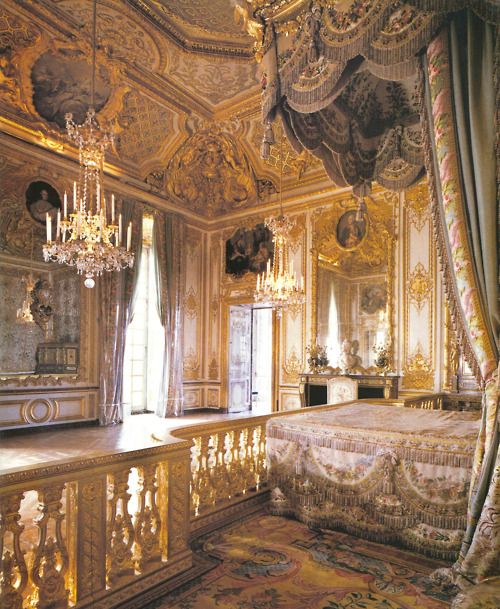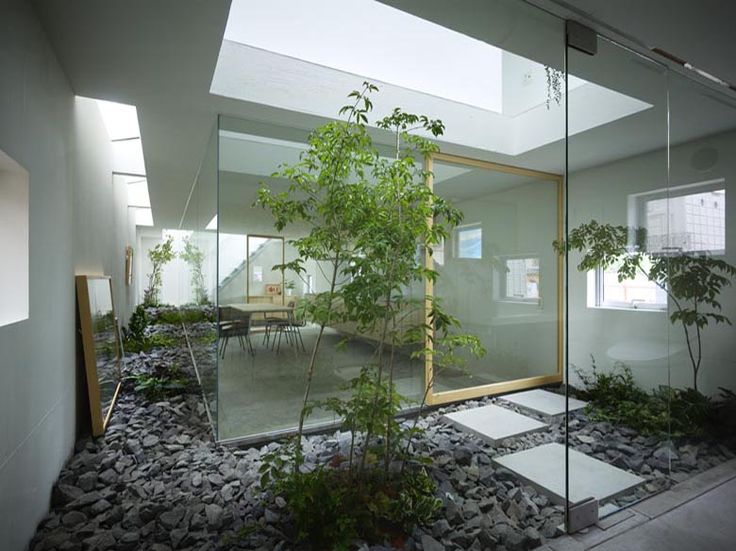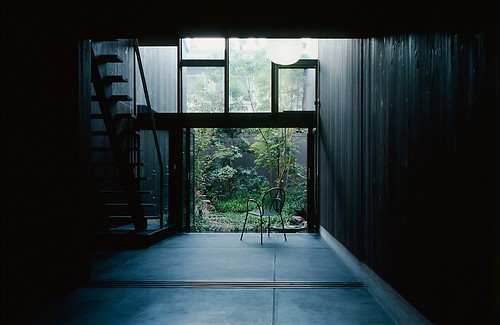Yugen and Shibui: the Mystery and Subtlety of Japanese Aesthetics
The beauty of the Japanese aesthetic is increasingly inciting curiosity in the West. One of its most remarkable characteristics and clear to see in Japanese architecture, is its simplicity. Yet despite this simplicity, designs are both profound and retain a sense of mystery. Two aesthetic concepts that help us to better understand these characteristics are the ideals of yugen and shibui.
Shibui (渋い) means simple, subtle, discreet. The understanding is that things are more beautiful without ornamentation or extravagance. Objects and spaces should be simple enough not to assault the vision with unnecessary information, but at the same time convey their essential purpose. If well chosen, and correctly positioned, elements should speak for themselves. Shibui objects are finely balanced between complexity and simplicity. Though they may appear to be simple at first look, they include essential details such as texture, asymmetry or a subtle imperfection. The concept holds and contains seeming contradictions, such as roughness and elegance, the impulsive and the austere.
We can see this concept applied both in traditional Japanese houses and in modern Japanese architecture, and one of the artistic movements that is perhaps most marked by this feature, is minimalism. This is quite unlike the baroque aesthetic, for example, that expresses beauty through infinite ornamentation.


Simplicity however, does not mean poverty of content. By using geometric features, contrasts of light and shadow, and different textures, Japanese architects seek to create spaces full of subtle meanings. Not perhaps as obvious or invasive to the eye, but giving space for reflection and the personal interpretation of each occupant.
Precisely because of these characteristics, the concept of shibui can never be fully understood. In its complex simplicity, you can always reinterpret the different elements and discover something new. It is like a painting that gains value over the years, or a book that you can read and then reread years later and find new meanings and hidden beauties.
Another outstanding feature in Japanese architecture that has fascinated people around the world, is the deep sense of mystery that pervades it. Yugen (幽玄) has buried within its ideograms the meanings of: hidden beauty, darkness, depth and mystery. According to Donald Richie (2007), it originates from a Chinese term that represented something too deep to be understood and seen. These are characteristics present in Japanese aesthetics that cannot be expressed in words nor easily distinguished with the eyes. It represents something that we can sense, but it is not obvious, and only subtly suggested.
In Japanese architecture, the spirit of yugen is materialized in many forms. Japanese designs often contain a contrasting interplay of light and shadows, for example, which helps to create a yugen environment.
Elements that help in the creation of contrasts include vertical brise soleil, roofs with long borders and interior corridors that separate the indoor environment from the outside.
In Japanese homes we can also find an alcove, which is a room (or part of a room) with no direct opening to the exterior of the house. Usually this space is used only for contemplation of that shadowy emptiness, ornate only with a floral arrangement and a painting or parchment.
Another characteristic worth our attention is the presence of black painted walls. Unlike many Western projects, mainly influenced by Modernism that had white as its primary color, Japanese architects sometimes choose black walls to give the environment that essential touch of deepness and mystery.

Yugen suggests that life would be very boring if all facts were known. It is not necessary that everything should be explained, something must always be kept shrouded in mystery, like a movie that has a dubious ending, or a book that has a lot of other stories hidden between the lines.
Shigenori Uoya is available to help you with your own home improvement projects. Contact us directly for FREE advice, consultation and further information on our services: Get in touch. For more inspiring designs from Japanese architects please visit the ZenVita Projects page.
SEARCH
Recent blog posts
- November 16, 2017Akitoshi Ukai and the Geometry of Pragmatism
- October 08, 2017Ikebana: The Japanese “Way of the Flower”
- September 29, 2017Dai Nagasaka and the Comforts of Home
- September 10, 2017An Interview with Kaz Shigemitsu the Founder of ZenVita
- June 25, 2017Takeshi Hosaka and the Permeability of Landscape
get notified
about new articles
Join thousand of architectural lovers that are passionate about Japanese architecture